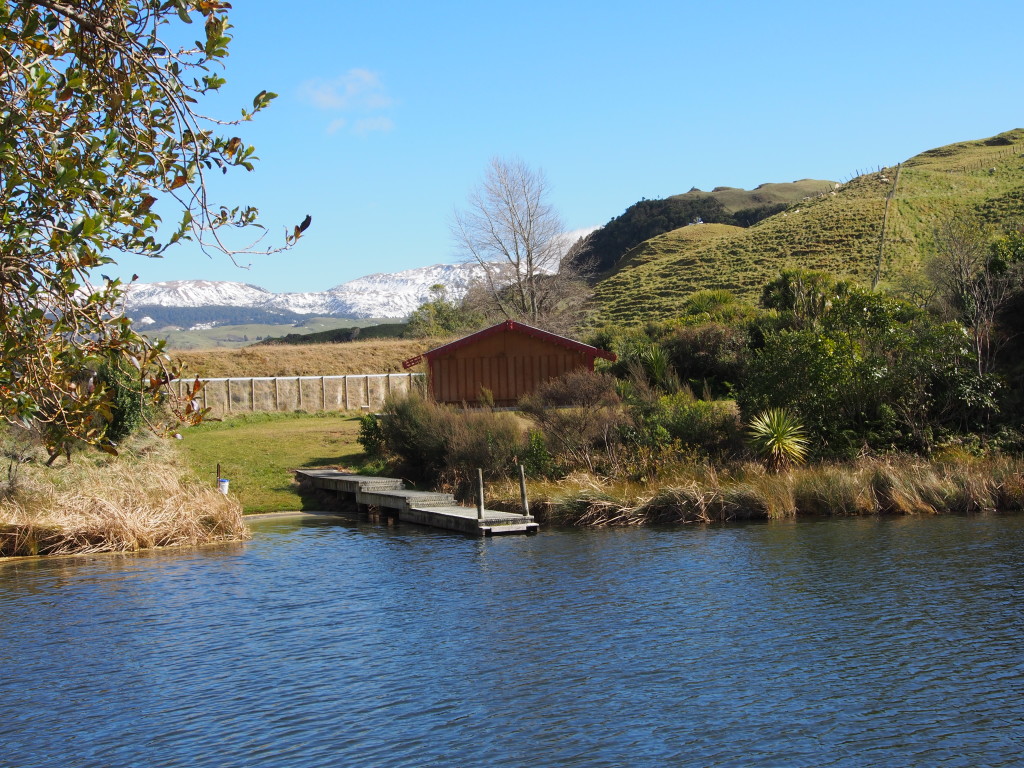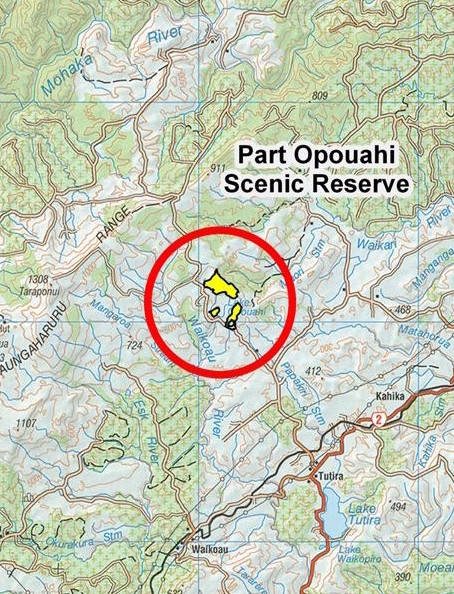On 18 January 2017, our Hapū of Maungaharuru – Tangitū will gift the balance of Opouahi Scenic Reserve to the people of Aotearoa, New Zealand. Our Hapū retain ownership of part of the Reserve including three campsites, the lake bed and stratum (air space) above it.
For Ngāti Kurumōkihi, the Opouahi Scenic Reserve and environs are integral to the distinct identity and mana of our Hapū.
Lake Opouahi is regarded as a particularly spiritual place of Ngāti Kurumōkihi. The tuna (eels) were renowned as being unique to Lake Opouahi. Oral traditions tell of tuna known as the kēhua tuna (ghost eels). The tuna would often challenge whānau (families) in defiance of being harvested. They were famed as the kaitiaki (guardian) of Ngāti Kurumōkihi and the area. Also in this area appeared a tipua (a supernatural being) in a form similar to a white pig. This tipua was revered as a tohu (sign) and would appear at a time of misfortune, either after the event, or as a warning. Patupaiarehe (fairies) are also known to dwell in the area.
Nearby the Reserve are several pā (fortified villages) that are associated with Ngāti Kurumōkihi and are still identifiable today. They are Kokopuru and Matarangi. Kokopuru pā was built on the hill of the same name. Kokopuru pā was heavily fortified and surrounded by extensive cultivations, wāhi tapu (sacred places), midden, ovens and cave shelters.
Close by is Matarangi pā, on a peak near Lake Opouahi. The pā was formerly surrounded by cultivations where kūmara (sweet potatoes) and taewa (potatoes) were grown and the water supply came from two lakelets – Ngā Ipu-o-Te-Amohia. Another prominent feature was a carved meeting house which was unfortunately destroyed during a skirmish with a warparty. Over the generations, a number of Ngāti Kurumōkihi chiefs, including Waiatara, based themselves at Kokopuru and Matarangi.



